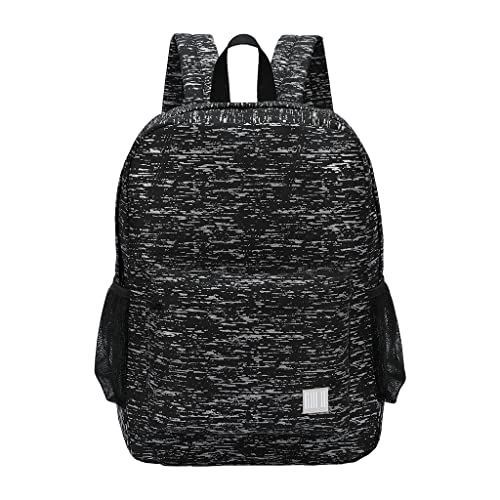Now that I have proved my concept for the trailer is time to make improvements.
1. Upgraded the welder to a Lincoln MP210 - what a sweet machine.
2. Lighten up the trailer currently 280 lbs empty. Goal to shed at least 100 lbs.want it below 180 preferably down to 150 lbs empty.
3. Improve the aesthetics and aerodynamics
4. Move the area holding the ice chest to the front half of the area between the axles to help keep the right amount of tongue weight. The axle is right at the 70% point which is the ideal spot for the axle to be. The back side of the ice chest will be right above the axle.
5. Improve the placement of the sway bar
6. Improve the suspension alignment and spacing for the shocks.
the first trailer used sheet metal for the skins and lid which weighs about 1.1 lbs per SF. The total surface area is about 100 SF. I am going to use 3 mm Baltic birch plywood (3 plys) and weigh .44 lbs per SF. I will use 6 mm Baltic birch on the floor and lid which .76 lbs per SF. Between the two I should drop at least 50-60 lbs. I also changed the way I am doing the frame and will drop about 30 lbs in the frame too. I am pretty close to my goal of dropping 100 lbs.
Here is the suspension system all completed. I have to make a couple of supports for the sway bar and I am complete with a rolling chassis. I followed Northwoods Snowman's design a little more closely for the shock arrangement. It make servicing the shock easier and looks a lot cleaner. Cost wise, I will be in this version of the trailer about $120 for metal, $100 for plywood. I move the wheels, shocks, sway bar, latching assembly, lights and wiring to the new trailer.
The overall length of the cargo area will be about 6 inches shorter, but will be 2 inches taller.



















































